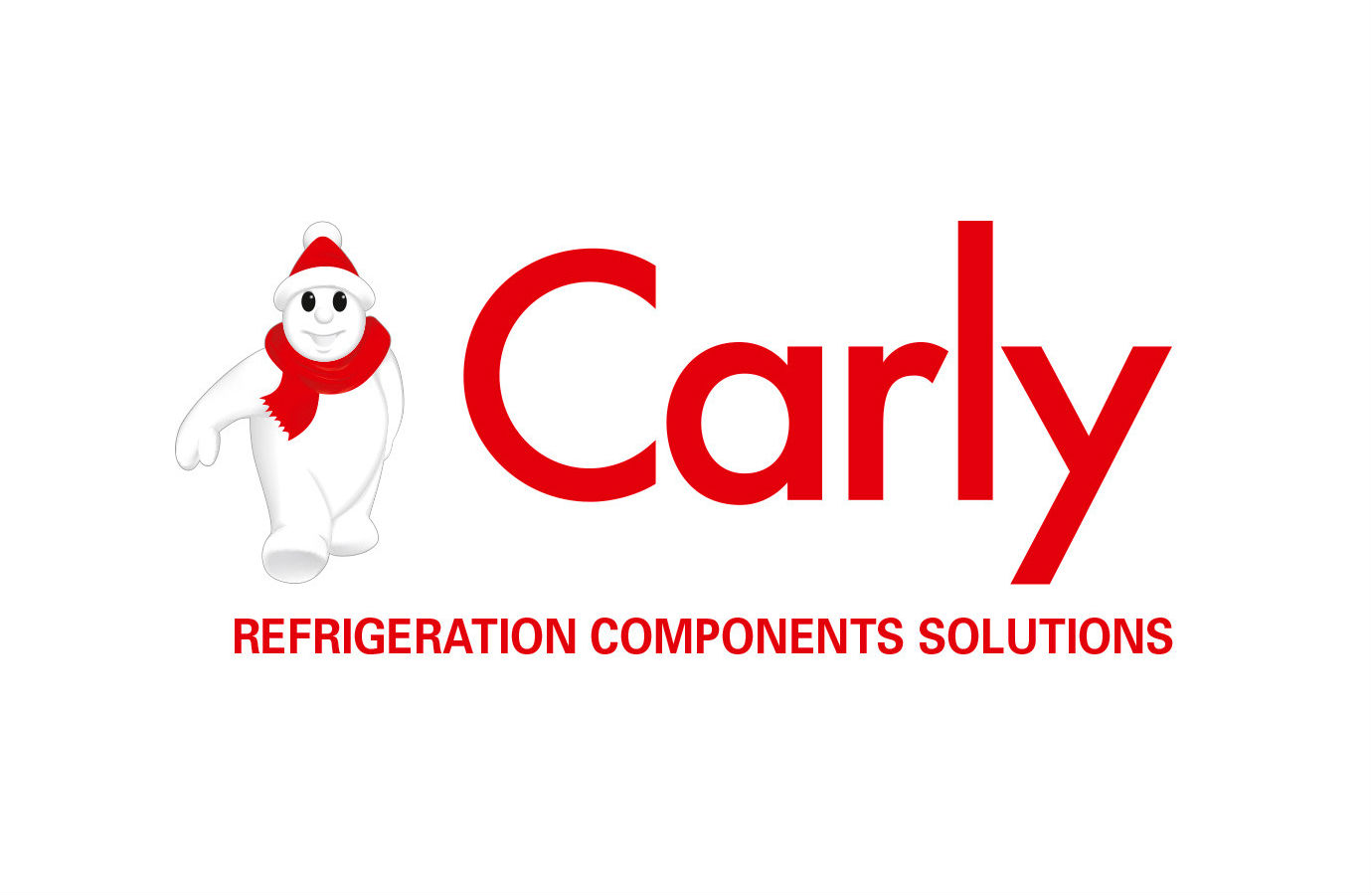French firm Carly is ready to increase its investment in natural-refrigerant system components amid growing demand.
_1556787590.jpg)
Inside Carly's factory in Lissieu, near Lyon, France.
Carly, a French refrigeration component maker, is confident that its commitment to natural refrigerants will help keep it on an upward trajectory. Accelerate Europe reports from the family-owned firm’s factory and headquarters near Lyon, France.
Cyrille Berthet, Carly’s president and CEO, relishes the “technical challenges” facing OEMs, distributors, contractors and component manufacturers in rolling out natural refrigerant-based technologies on a wider scale.
Components initially designed for the 46-bar pressures of subcritical CO2 systems are not suitable for the higher 140-bar pressures of CO2 transcritical systems.
“The functions of the products are the same: for example, filtering and drying the refrigerant or oil separation, but the working conditions are extremely different and demand a completely new design of component,” Berthet says.
These challenges represent a business opportunity. “Carly is the perfect size to play in this market segment,” Berthet argues. “Components that in the past may have been considered as basic commodities are now more valuable and more technical, because of the new working conditions.”
Carly is ready for this transformation. The firm built upon its reputation as a leading manufacturer of oil separators for traditional refrigerants, for instance, by developing a model for CO2 transcritical systems.
“Oil separation in transcritical systems is very different,” Berthet says. “That’s why Carly worked to develop a completely new oil separator for more than two years, eventually launching the TURBOIL-R P14 INTEGRITY.”
With CO2, companies are able to do something that makes sense from an environmental and economic point of view – there is a positive dynamic.”
– Cyrille Berthet, Carly
CO2 delivering in higer capacities
Berthet broadly characterises natural refrigerant market trends as the following – hydrocarbons for smaller capacity, positive-temperature cold, and CO2 for medium- to high capacity refrigeration.
“We see an exponential increase in the share of natural refrigerant system components in our global activity,” Berthet says.
Most of Carly’s clients are OEMs. The firm’s biggest customers are manufacturers of refrigeration racks for supermarkets, but Berthet sees increased interest in CO2 components from companies working in other applications too.
He identifies the following global natural refrigerant trends: hydrocarbons for small capacities (positive or negative cold), and CO2 for medium to high capacities. “In some applications, there is a small overlap,” he says.
To Berthet, the adoption of natural refrigerants like CO2 simply makes sense. “With CO2, companies are able to do something that makes sense from an environmental and economic point of view – there is a positive dynamic,” he says.
This is an extract from an article which first appeared in Accelerate Europe magazine. Click here to read the full story.
Related stories



